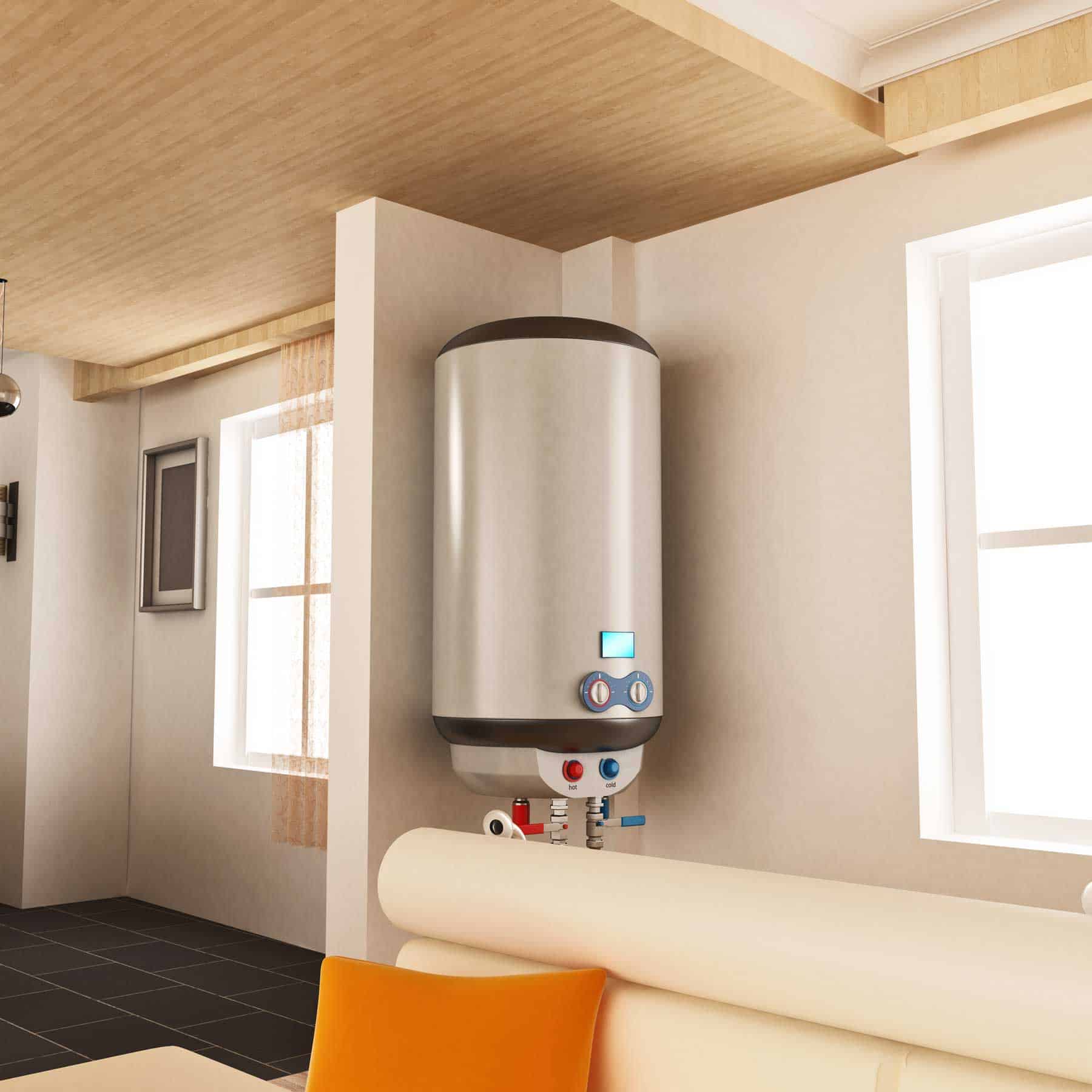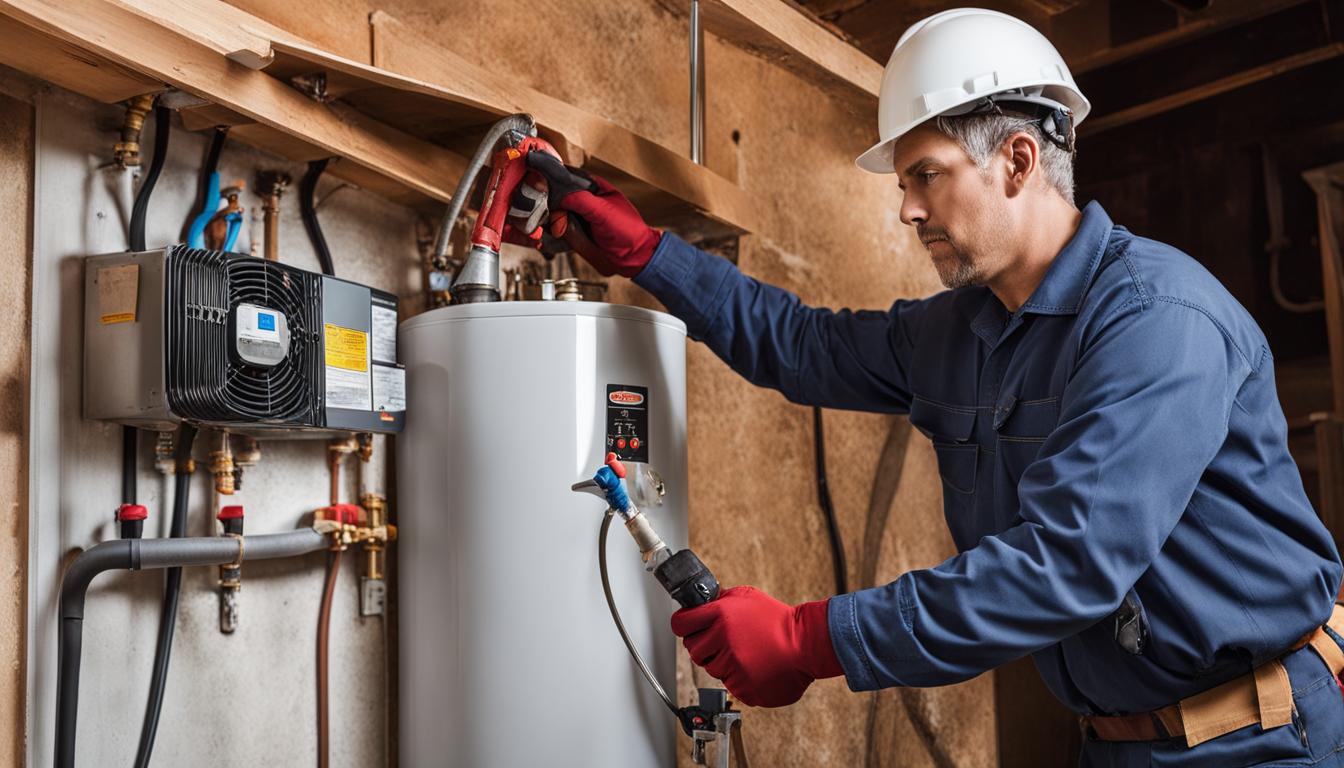Just how do you feel with regards to How to Maintain a Hot Water Heater in a Few Simple Steps?

Warm water is vital for daily convenience, whether it's for a revitalizing shower or washing dishes. To guarantee your warm water system runs efficiently and lasts much longer, normal maintenance is key. This write-up supplies functional suggestions and understandings on exactly how to maintain your home's warm water system to prevent disruptions and pricey repair services.
Introduction
Maintaining your home's warm water system may appear challenging, yet with a few straightforward steps, you can guarantee it runs efficiently for several years to find. This guide covers everything from understanding your warm water system to do it yourself maintenance tips and understanding when to call in professional help.
Relevance of Preserving Your Warm Water System
Routine maintenance not only expands the life expectancy of your warm water system but additionally guarantees it runs effectively. Disregarding maintenance can bring about decreased effectiveness, greater power costs, and even early failure of the system.
Indications Your Warm Water System Needs Upkeep
Knowing when your hot water system requires focus can avoid significant concerns. Look out for indicators such as inconsistent water temperature, weird noises from the heater, or rustic water.
Recognizing Your Hot Water System
Prior to diving right into maintenance tasks, it's practical to understand the fundamental elements of your hot water system. Usually, this consists of the hot water heater itself, pipelines, anode rods, and temperature controls.
Regular Monthly Upkeep Tasks
Regular regular monthly checks can assist capture small concerns before they escalate.
Flushing the Hot Water Heater
Purging your hot water heater removes sediment buildup, improving effectiveness and prolonging its life.
Checking and Replacing Anode Rods
Anode rods protect against corrosion inside the tank. Examining and replacing them when broken is crucial.
Examining and Changing Temperature Settings
Adjusting the temperature setups makes sure ideal efficiency and security.
DIY Tips for Maintenance
You can carry out a number of upkeep jobs yourself to keep your hot water system in top problem.
Looking for Leakages
Routinely inspect pipes and links for leakages, as these can cause water damages and higher bills.
Checking Pressure Relief Valves
Testing the stress safety valve ensures it functions properly and avoids excessive stress build-up.
Protecting Pipes
Insulating warm water pipelines decreases heat loss and can conserve power.
When to Call an Expert
While DIY upkeep is helpful, some problems call for professional expertise.
Complicated Issues Requiring Specialist Aid
Examples consist of major leaks, electrical issues, or if your water heater is continually underperforming.
Routine Professional Upkeep Benefits
Specialist maintenance can consist of complete assessments, tune-ups, and guaranteeing compliance with security requirements.
Conclusion
Normal maintenance of your home's warm water system is necessary for efficiency, long life, and expense savings. By adhering to these suggestions and recognizing when to seek specialist assistance, you can make certain a reliable supply of warm water without unexpected interruptions.
How to Maintain an Instant Hot Water Heater
Before tinkering with your hot water heater, make sure that it’s not powered on. You also have to turn off the main circuit breaker and shut off the main gas line to prevent accidents. Also turn off the water valves connected to your unit to prevent water from flowing into and out of the appliance. 2. When you’re done, you have to detach the purge valves’ caps. These look like the letter “T†and are situated on either side of the water valves. Doing so will release any pressure that has accumulated inside the valves while at the same time avoid hot water from shooting out and burning your skin. 3. When the purge valves’ caps are removed, you have to connect your hosing lines to the valves. Your unit should have come with three hoses but if it didn’t, you can purchase these things from any hardware or home repair shops. You can also get them from retail stores that sell water heating systems. Read the user’s manual and follow it to complete this task properly. When the hosing lines are connected, open the purge port’s valves. 4. You should never use harsh chemical cleaners or solutions when cleaning your unit. Make use of white vinegar instead. It should be undiluted and you’ll probably use about 2 gallons. 5. Now flush your water heater. This task should probably take about 40 minutes. We can’t give you specific directions for this because the procedure is carried out depending on the type, model and brand of your heater. With that being said, refer to the user’s manual. 6. When you’re done draining the unit, you have to turn off the purge port valves again. Remove the hosing lines that you earlier installed on each of the water valves. Put the valve caps (purge port) back in their respective places and be very careful so as not to damage the rubber discs that are found inside these caps. 7. Now that everything’s back in place, check your user’s manual again to find out how to reactivate your water heating system. 8. Once it is working, turn one of your hot water faucets on just to let air pass through the heater’s water supply pipes. Leave the tap on until water flows smoothly out of it. https://www.orrplumbing.com/blog/2014/september/how-to-maintain-an-instant-hot-water-heater/

We had been made aware of that report on How to Maintain a Hot Water Heater in a Few Simple Steps from a good friend on a different web blog. If you liked our post please don't forget to pass it around. I am grateful for being here. Kindly come visit our website back soon.
Click Here